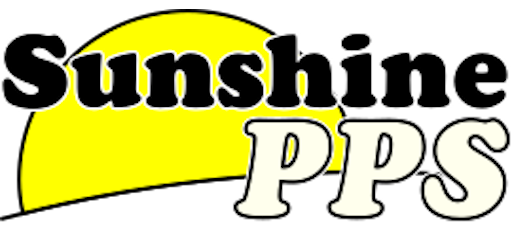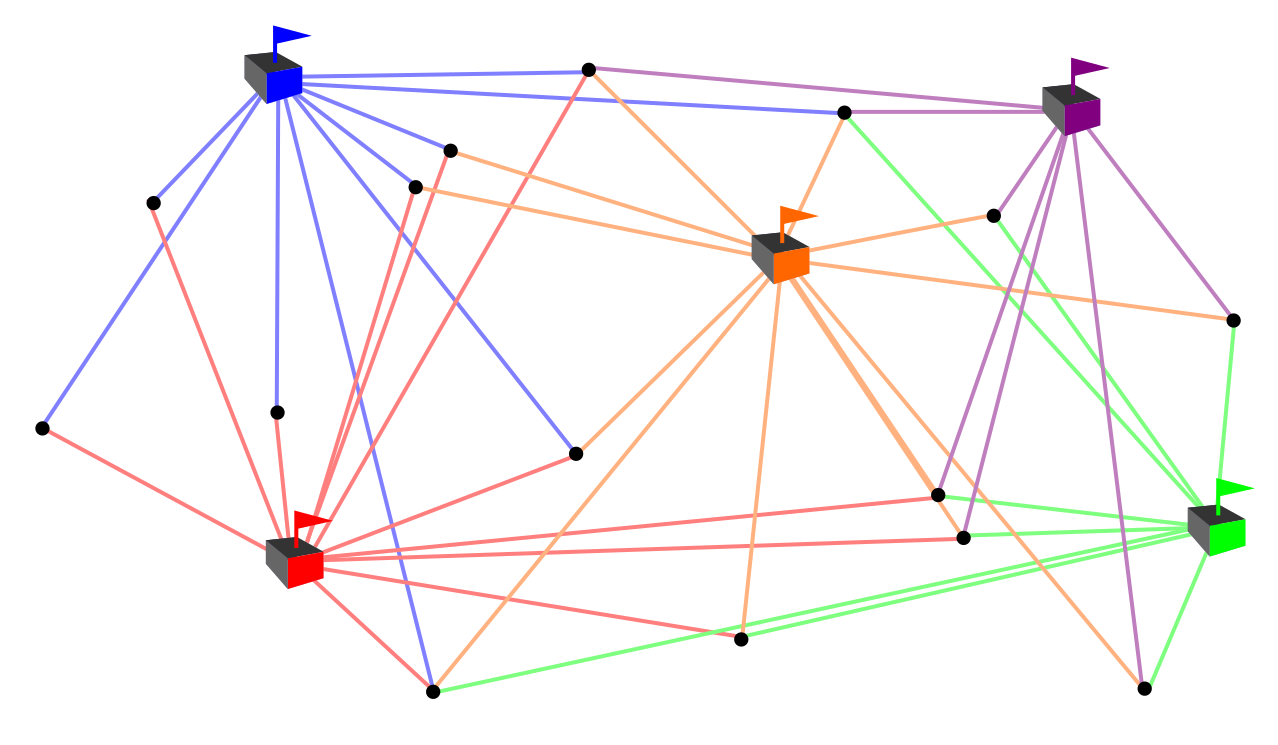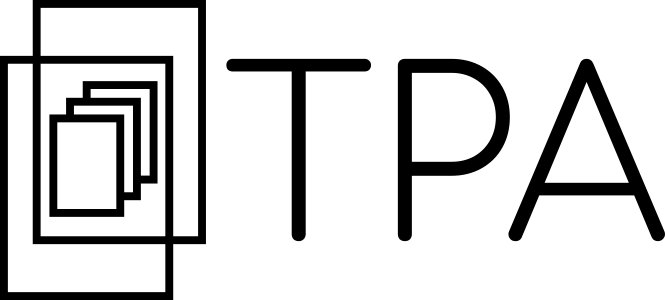What does CTAP do?
CTAP is engaged in projects aimed at fulfilling our mission of advancing the development, understanding, and adoption of transparent public policy. Our current portfolio comprises four distinct projects which touch on all three aspects of our mission.

Transparent public policy requires participation and understanding: it's not transparent if no one is looking or if no one knows what they are looking at. That is why CTAP is creating SunshinePPS, a website to serve the Portland Public Schools community. SunshinePPS comprises a discussion forum and a wiki. The forum is a central meeting place to discuss policy issues, such that community members are not siloed within individual schools or neighborhoods or programs. The wiki is a repository for the community's institutional knowledge, to provide continuity as each generation of families graduates out of the system and is replaced by newcomers. SunshinePPS will be focused on Portland, but we hope to see it replicated for other school communities around the US.

The Soft Neighborhood Model (SNM) is a model for assigning families to local neighborhood schools; it is a stable and equitable alternative to traditional boundary-based schemes. The SNM yields consistent and predictable enrollment with class sizes that are tightly balanced district-wide. It does this in way that encourages the stability and diversity of school communities and discourages socio-economic stratification. Ongoing work on the SNM is being brought under the aegis of CTAP, where the SNM will serve as a concrete working example for the development of transparent analysis and policy. Experiences from early in the development of the SNM were in fact the driving force behind the creation of CTAP.

Transparent public policy has a chicken-and-egg problem. If policymakers have no existing transparent options available from service providers, a mandate for transparency requires de novo development and becomes expensive and thus economically and politically infeasible. Likewise, without a standing requirement for transparency, service providers will not see a compelling advantage to offering a service transparently. CTAP intends to break that logjam with the Transparent Policy Architecture (TPA), a framework for software that implements public policies. The TPA maintains economic incentives for service providers while allowing processes to be audited and verified end-to-end by the public.

Software or hardware devices are often critical elements in the implementation of public policies, e.g., consider school assignment lotteries, elections, criminal sentencing algorithms, radar guns, breathalzyer machines. How can the public ensure that these devices faithfully implement their policies? Is it sufficient to treat a device as a "black box" and test/certify its operation externally, or is it necessary to audit the internal workings of these devices? What role do open source licenses play in ensuring public access to the internals of a device? Are existing open source licenses sufficient? CTAP is exploring the role of licensing in the development of transparent public policy.